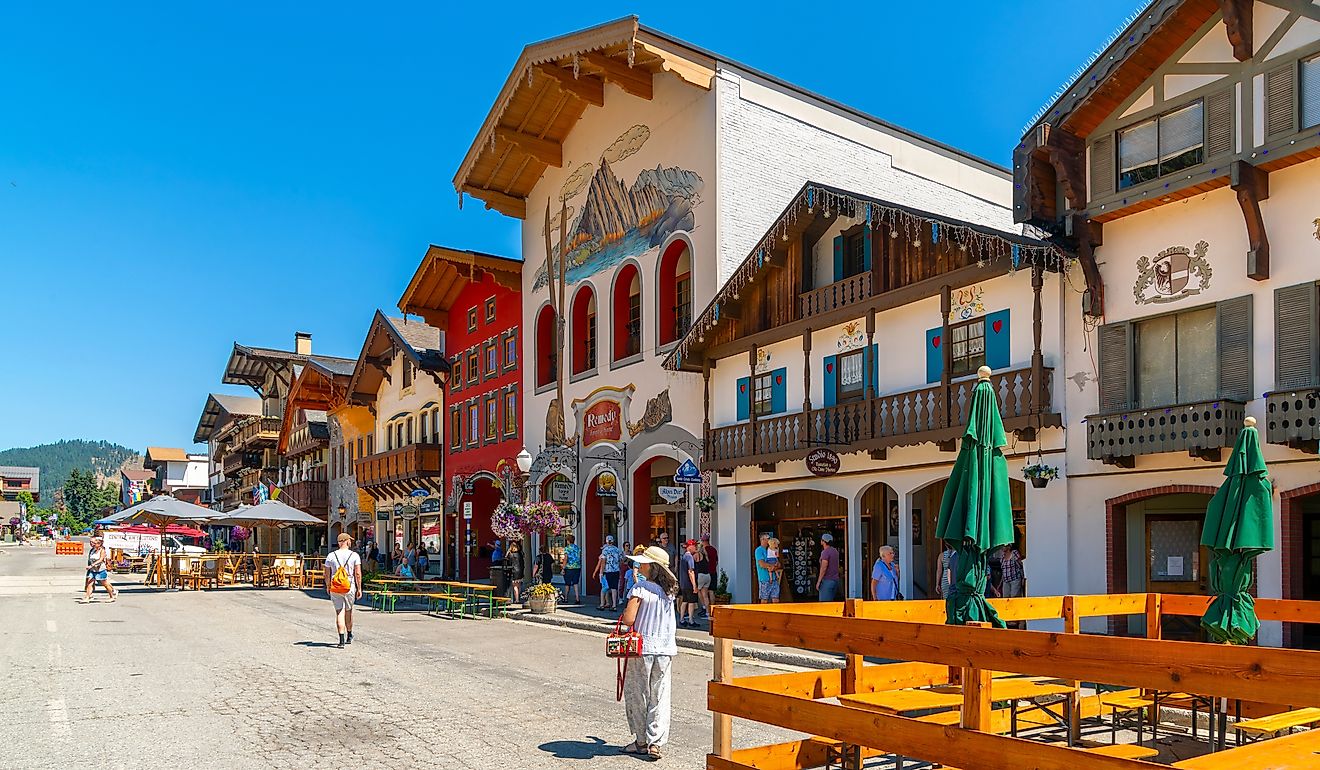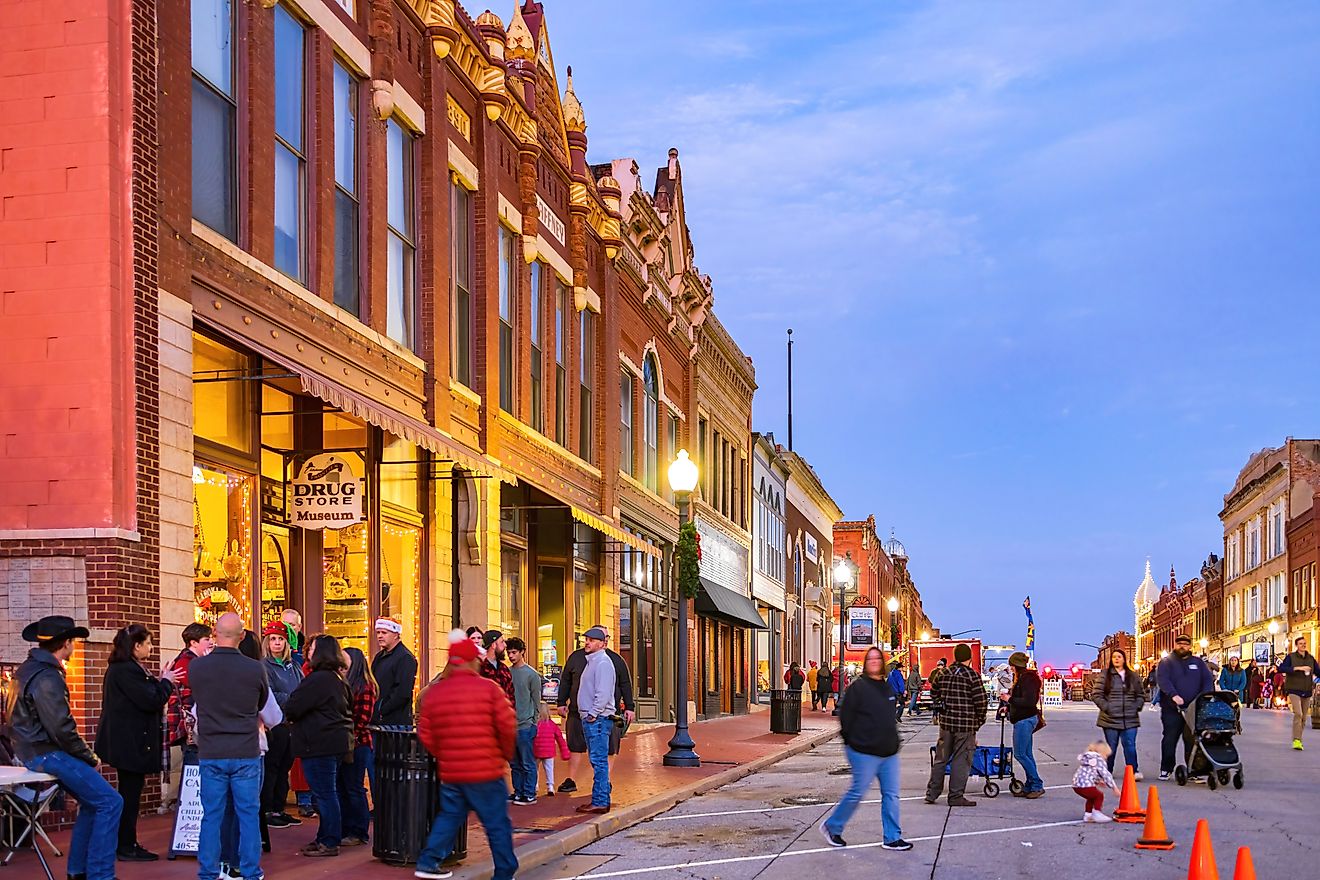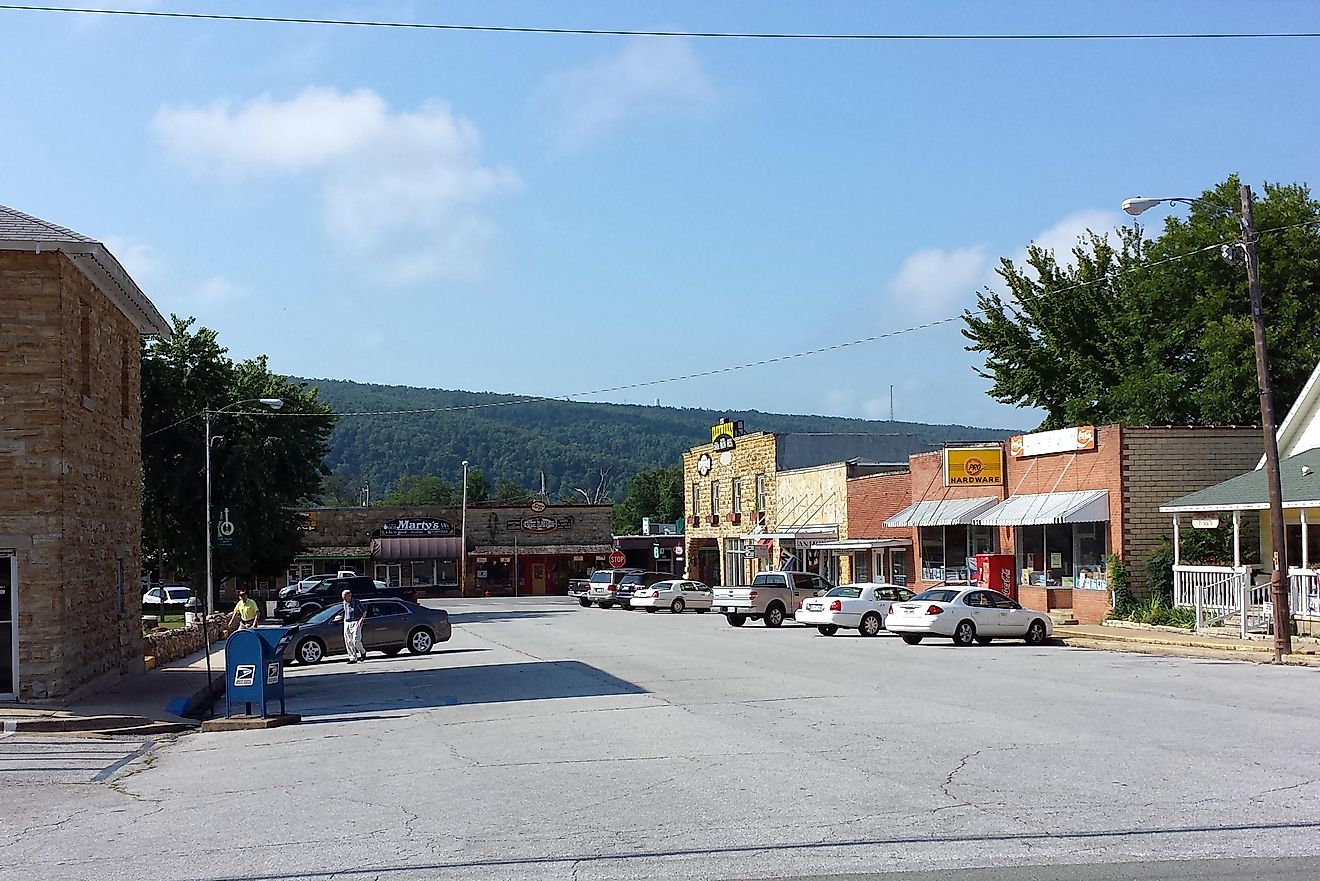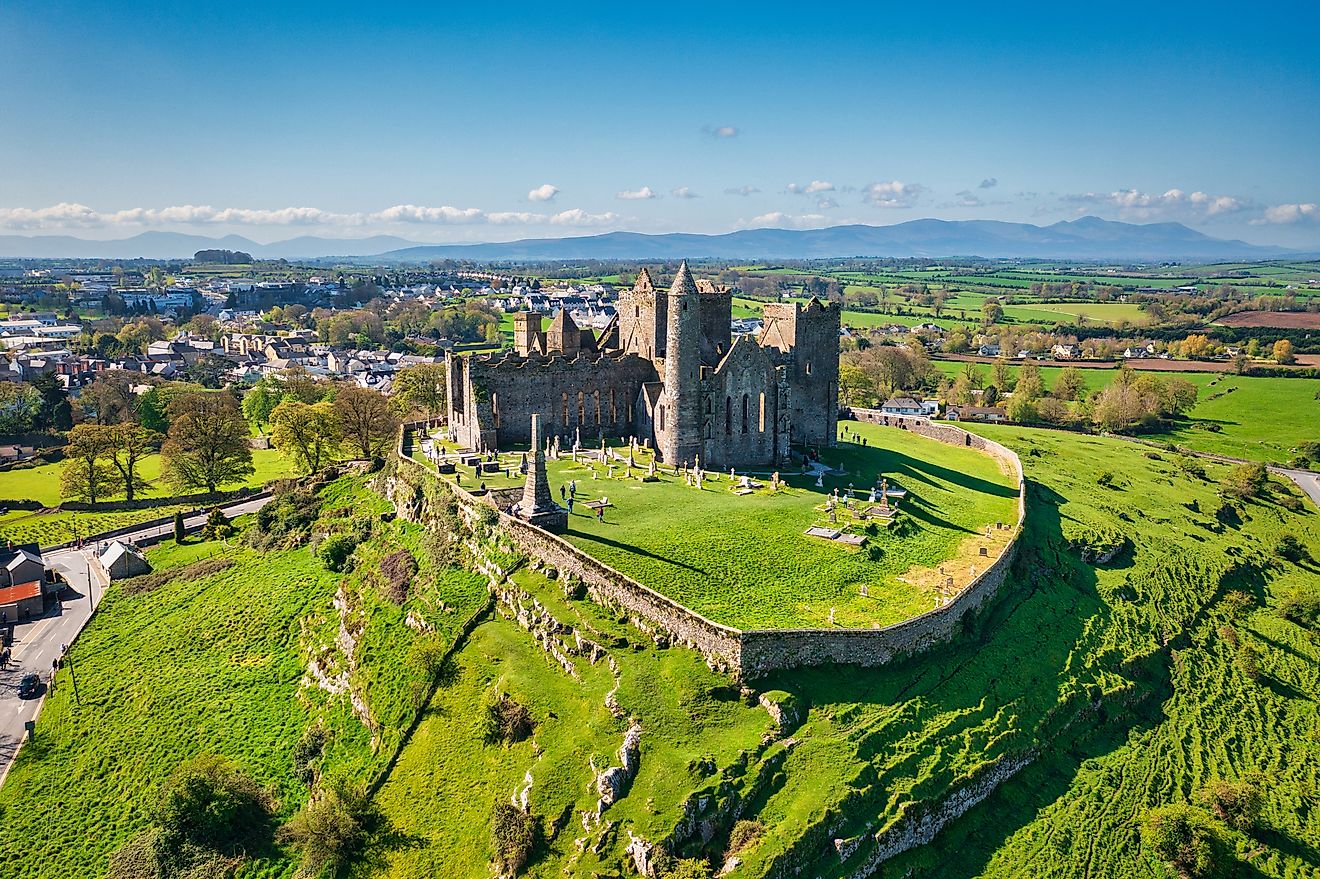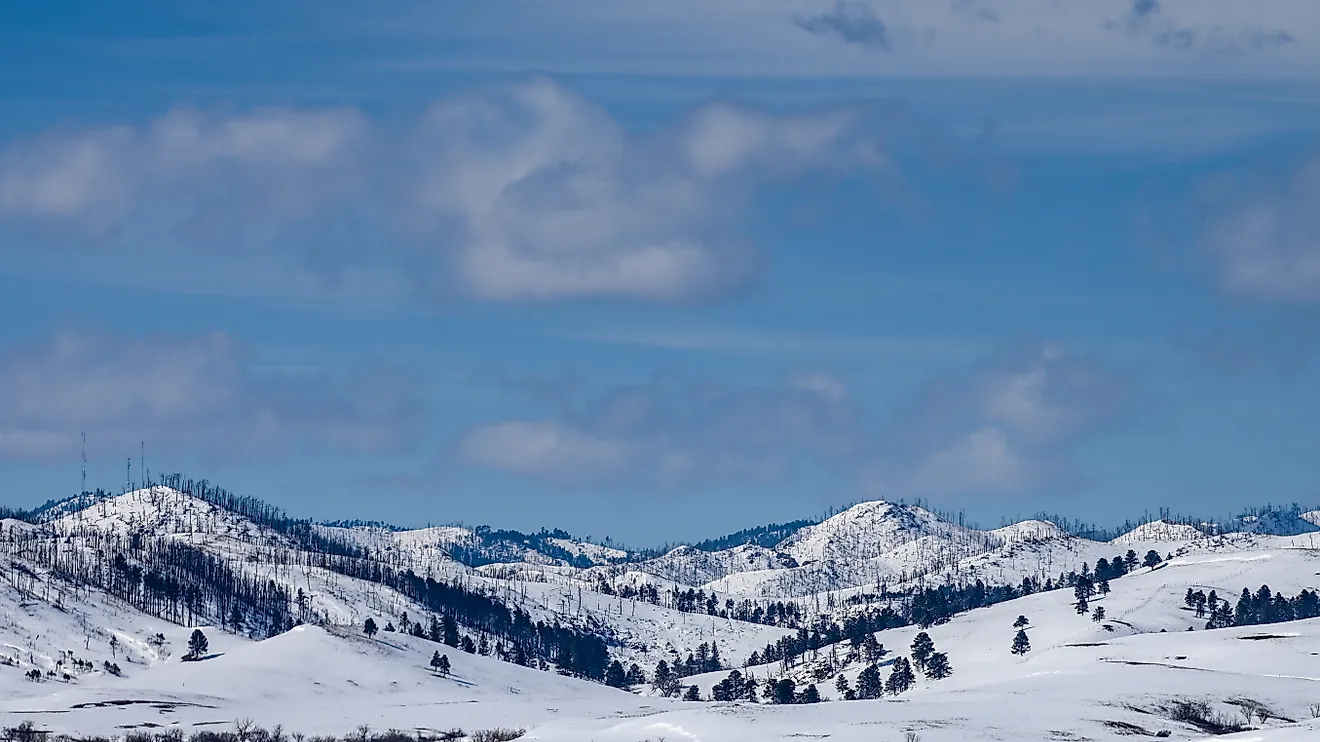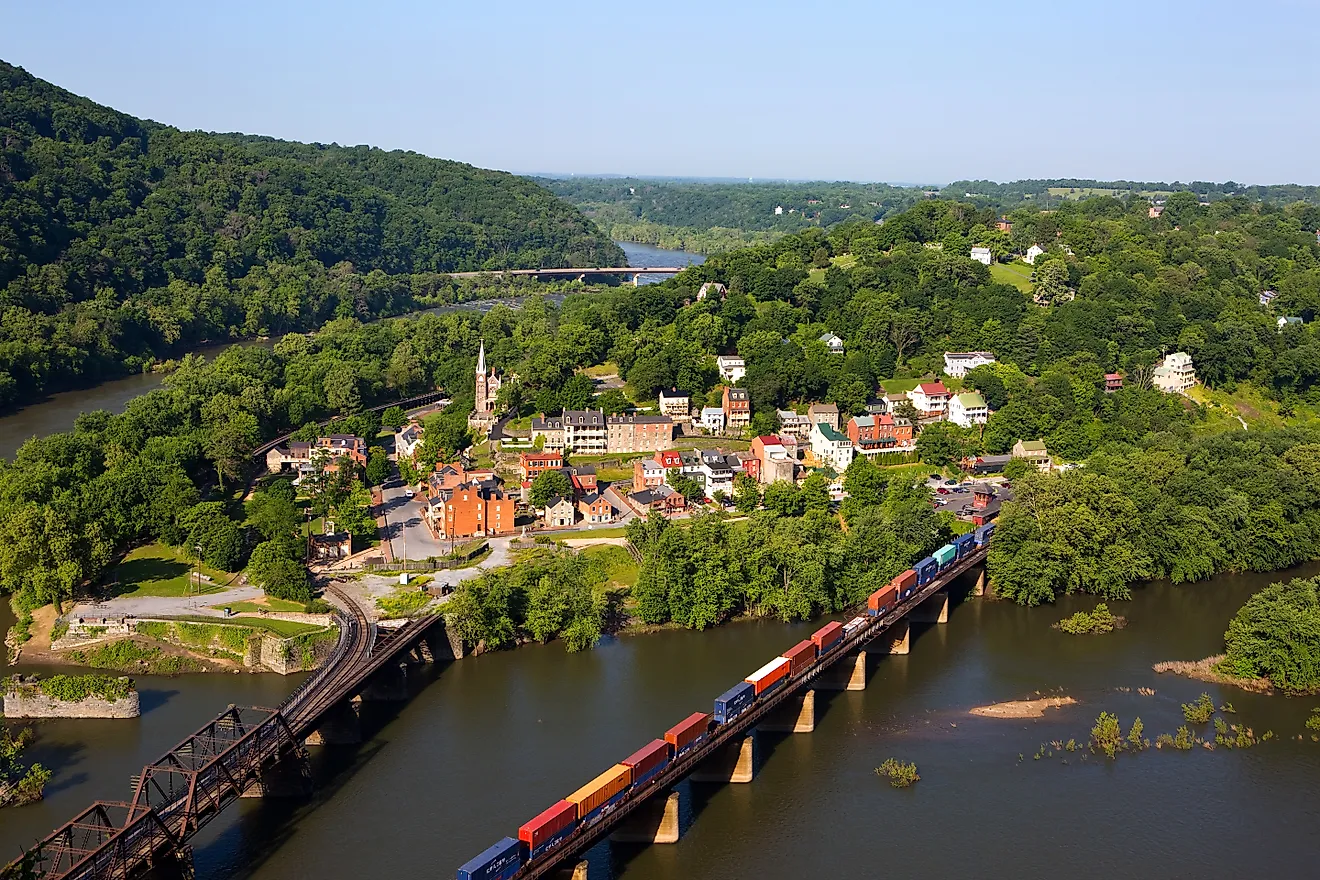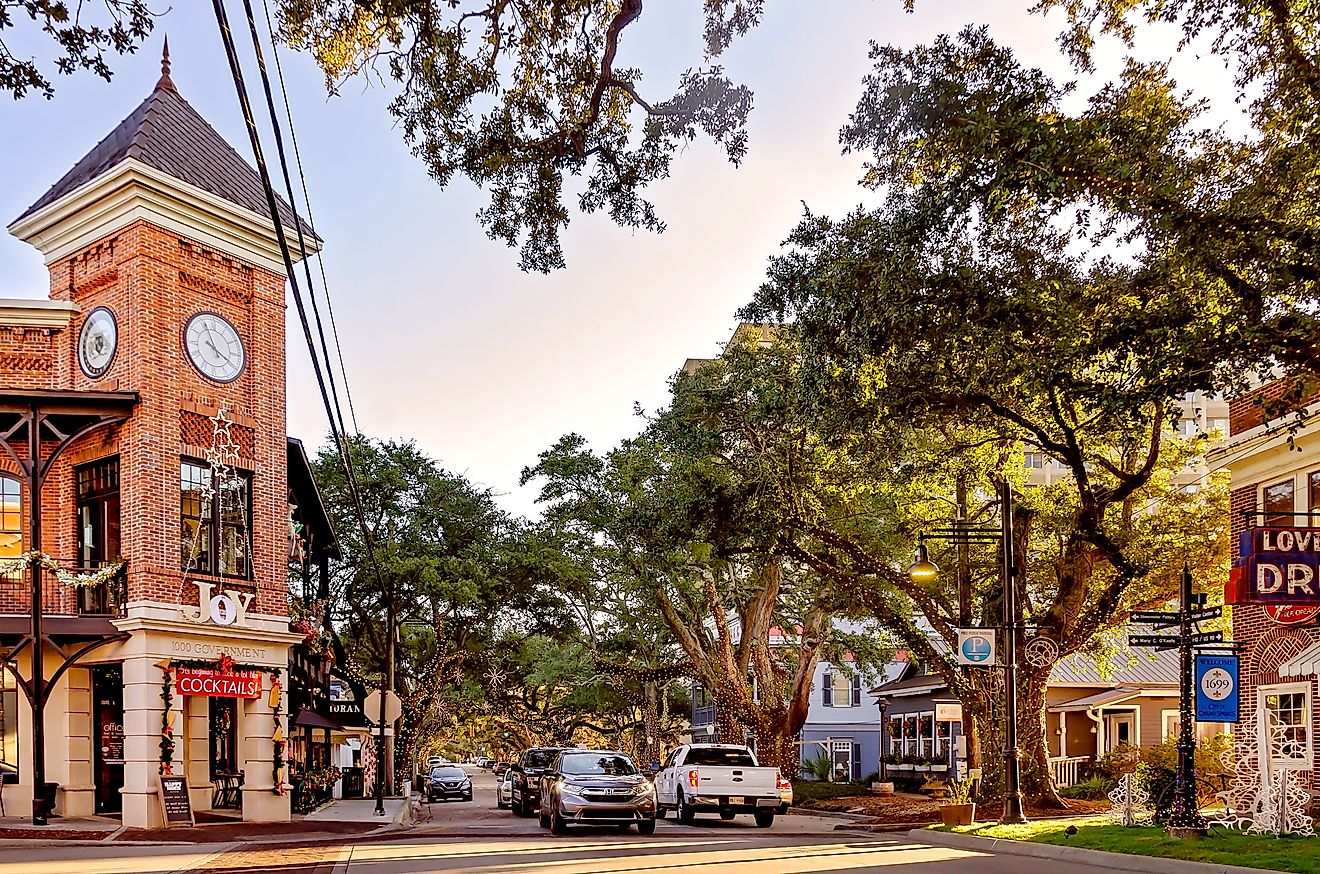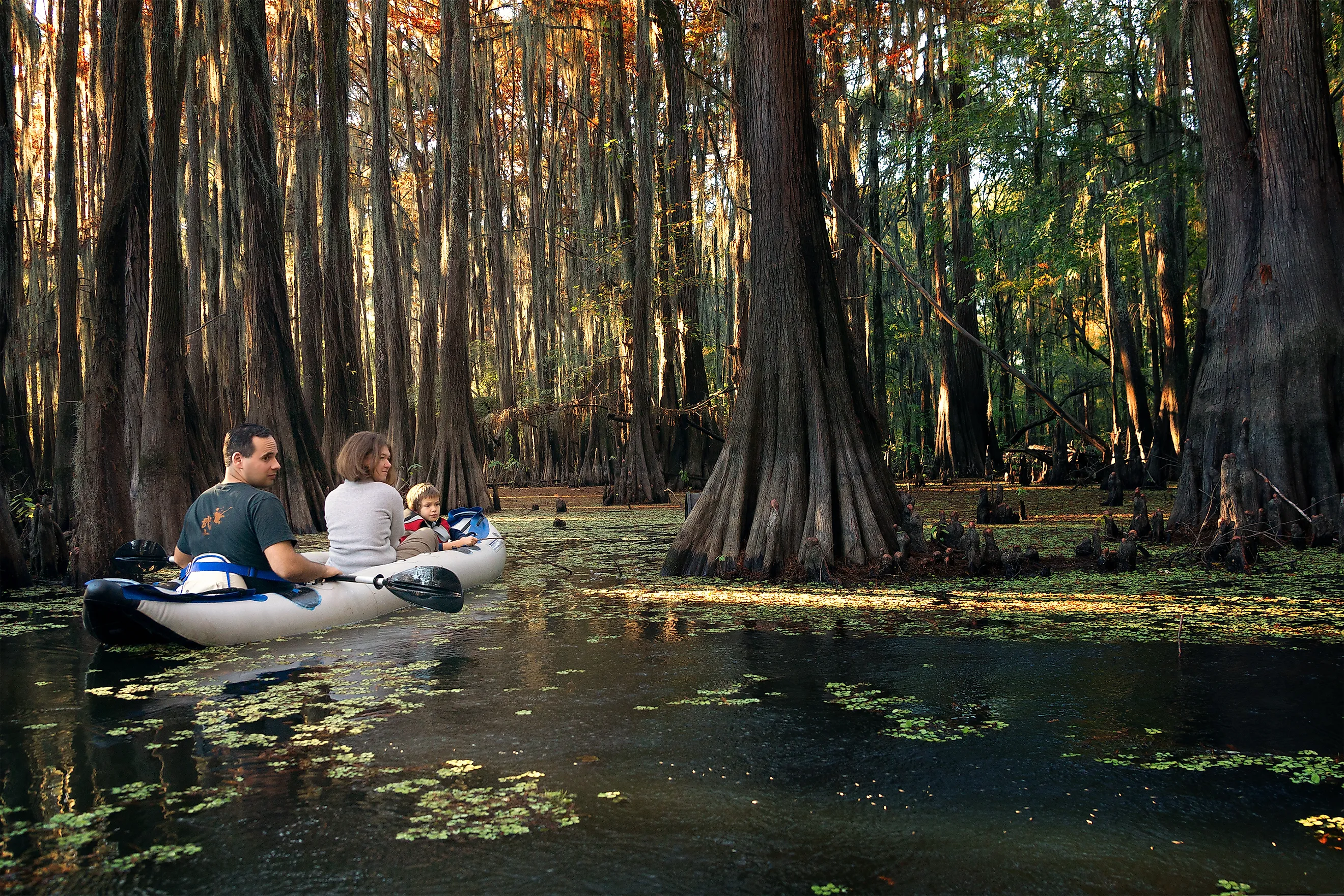
5 National & State Parks In Texas You Have To Visit
The Lone Star State contains an astonishing range of natural environments. From desert mountains to ancient cypress swamps draped in Spanish moss, these national and state parks show Texas at its most dramatic. They also boast the kind of stunning scenery that people will travel from far and wide to see. Whether you're looking for challenging backcountry trails through remote desert wilderness or prefer a gentler approach such as taking a scenic drive, these protected areas won’t disappoint. However you enjoy exploring Mother Nature, these five Texas parks are must-visit destinations if you want to explore the natural splendor of America's second-largest state.
Big Bend National Park
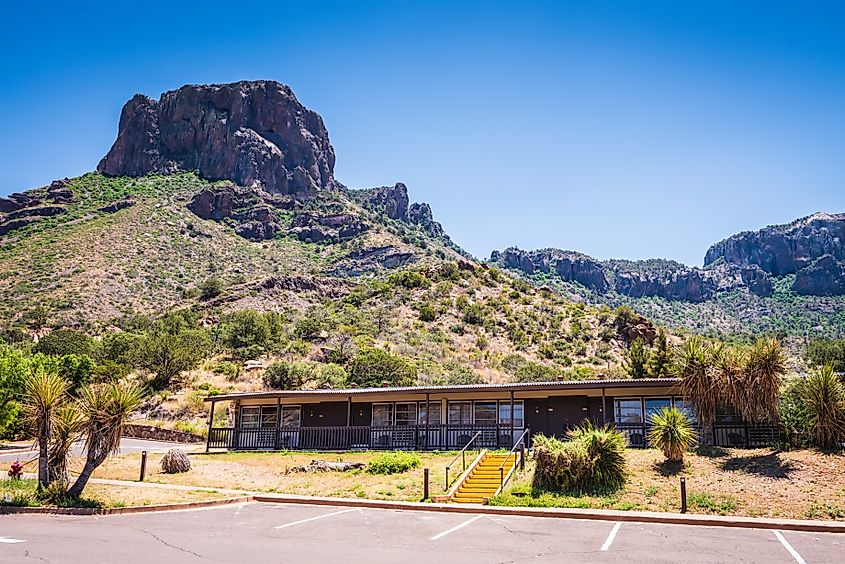
Located where the Chihuahuan Desert meets the Rio Grande River as it carves a massive bend along the Mexican border, Big Bend National Park is a must-do if you’re planning on visiting Texas. Home to the entirety of the Chisos Mountain range, the only mountain range entirely contained within a single national park in the United States, these ancient volcanic peaks reach 7,832 feet at Emory Peak, creating an island of cooler temperatures and unique ecosystems amidst the surrounding desert lowlands.
The Rio Grande defines the park's southern and flows through three magnificent canyons: Santa Elena, Mariscal, and Boquillas. Santa Elena Canyon's limestone walls tower 1,500 feet above the river, creating one of the most photographed landscapes in America’s South Central region. Popular activities here include floating through the canyon on guided raft trips with companies like Big Bend River Tours or paddling solo when water levels permit.
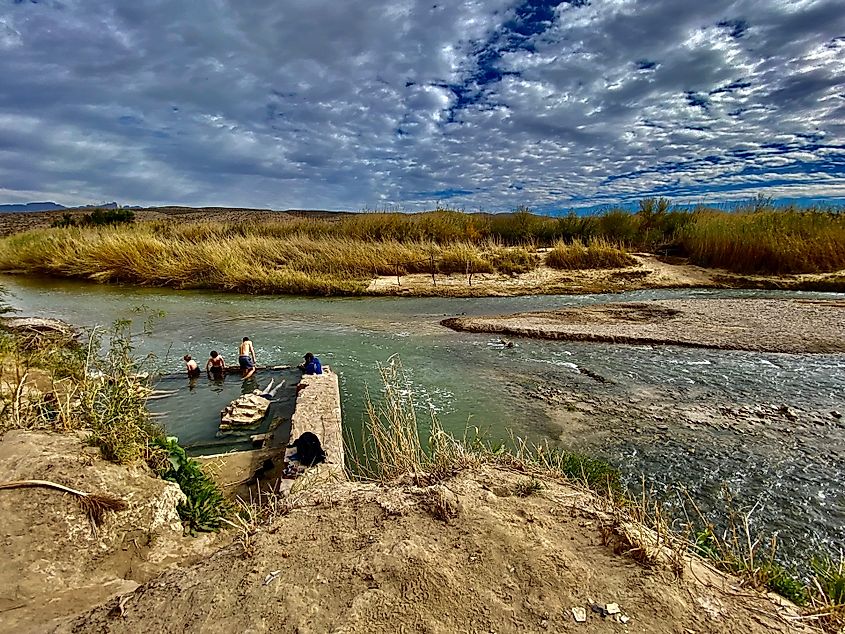
The Chisos Mountains can also be explored via the Window Trail, a 5.6 miles round-trip to a dramatic pour-off where Oak Creek drops 220 feet through a V-shaped opening. The Lost Mine Trail climbs 2.4 miles to panoramic views that stretch into Mexico, with wildlife sightings including the native Colima Warbler, mountain lions, black bears, and javelinas.
When To Visit: October through April offers the most comfortable temperatures, with March and April bringing wildflower blooms and migrating birds.
Guadalupe Mountains National Park
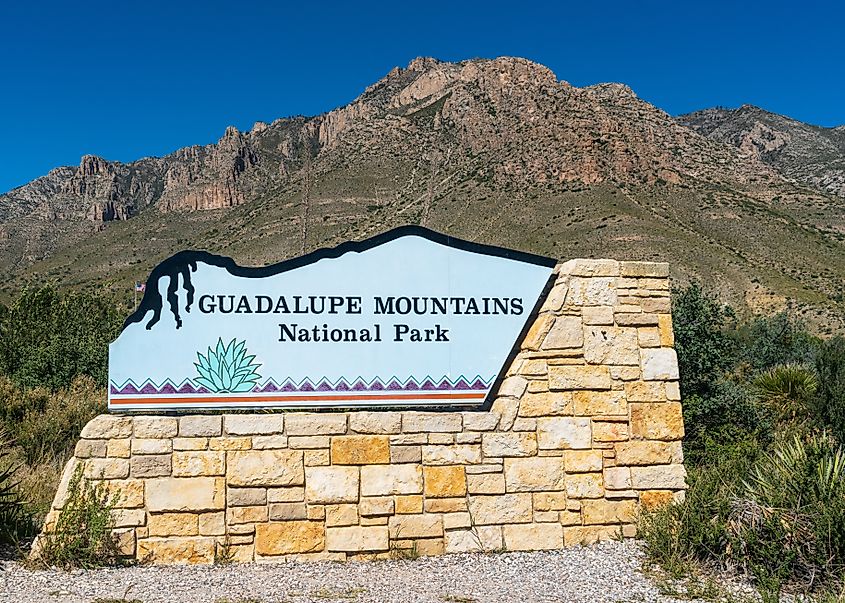
Guadalupe Mountains National Park protects 86,416 acres of West Texas wilderness, including the state's four highest peaks and portions of the world's most extensive Permian fossil reef. Guadalupe Peak, the state's highest point at 8,751 feet, challenges hikers with an 8.4-mile round-trip trail gaining 3,000 feet in elevation. The limestone cliffs of El Capitan, rising 1,000 feet above the desert floor, served as a landmark for travelers on the Butterfield Overland Mail route in the 1850s.
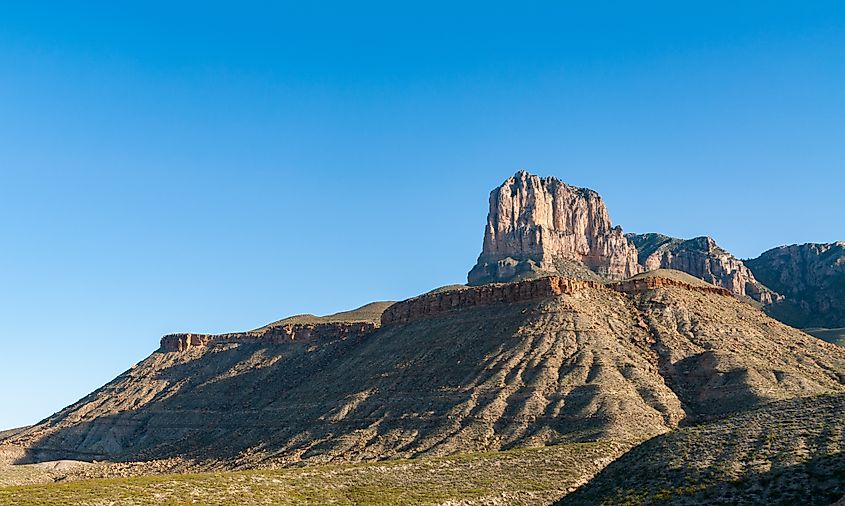
McKittrick Canyon cuts through the eastern escarpment of the mountains, in the process creating one of Texas's most scenic natural areas. The canyon shelters a relic forest of bigtooth maples, Texas madrones, and chinkapin oaks that produce the kind of spectacular fall colors that are more typical of New England. The McKittrick Canyon Trail extends 6.8 miles one-way to the historic Pratt Cabin, built beside a pretty stream 1931.
Devil's Hall Trail offers a different perspective on the park's geology, leading 4.2 miles round-trip through a narrow canyon to the "hallway," a natural rock formation with limestone walls just 15 feet apart and over 100 feet in height. The park's night skies rank among the darkest in the lower 48 states and are recognized by the International Dark-Sky Association.
When To Visit: September through November is best for leaf-peepers in McKittrick Canyon, while March through May is ideal for wildflowers and comfortable hiking temperatures
Palo Duro Canyon State Park

Part of the second-largest canyon system in the United States, Palo Duro Canyon State Park preserves part of a 120-mile-long gorge carved by the Prairie Dog Town Fork of the Red River. The canyon plunges 800 feet below the surrounding High Plains, in the process revealing 250 million years of geological history in its multicolored rock layers. Spanish explorers called it "Palo Duro," meaning "hard wood," for the juniper trees growing along the canyon floor.
The Lighthouse Trail is a nearly six-mile round-trip to the park's most iconic formation, a 310-foot hoodoo of Trujillo sandstone capped by harder Ogallala caliche that prevented erosion. This natural sculpture has become the unofficial symbol of the Texas Panhandle, so have your camera ready. Built in the 1930s, quaint cabins constructed from local materials are available for overnight rental along the canyon rim and boast superb views.
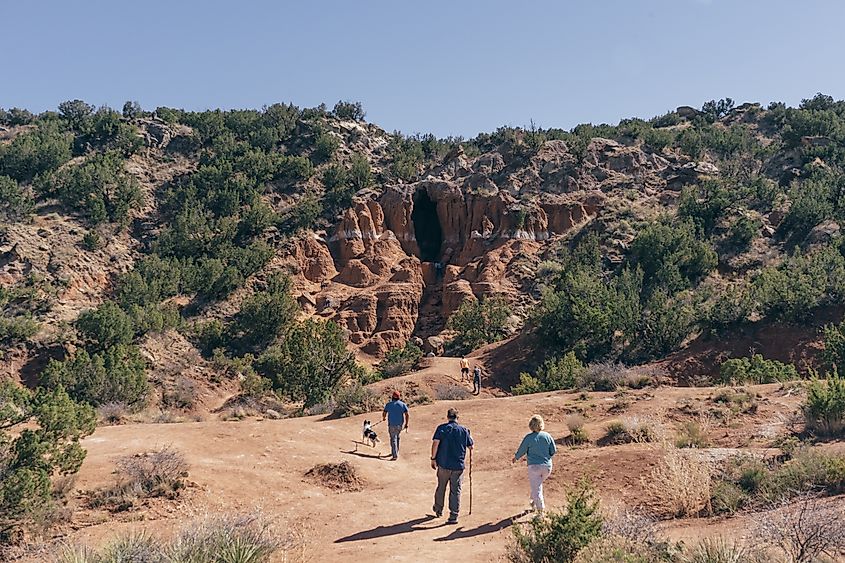
A summer highlight is catching a performance of the outdoor musical drama, TEXAS. A staple of the Pioneer Amphitheater since 1966, it tells the story of Panhandle settlers through song, dance, and special effects that culminate in spectacular fireworks launched from the canyon rim.
When To Visit: April through May and September through October are best for mild temperatures, while summer evenings are perfect to catch a performance of TEXAS.
Lost Maples State Natural Area

Lost Maples State Natural Area is well worth visiting for the rugged limestone terrain it preserves along the Sabinal River. Here, isolated stands of bigtooth maples create one of Texas's most reliable fall foliage displays and are notable as the southernmost population of their species, surviving in the steep-walled canyons where cool microclimates and spring water help them survive. It’s believed the maples likely became trapped here during the last ice age when cooler conditions prevailed across the state.
For some of the best views, follow the four-mile-long East Trail as it climbs to the scenic overlook on the limestone ridge dividing the Sabinal River and Can Creek. The trail passes through groves of bigtooth maples, lacey oaks, and Texas madrones before climbing steep limestone staircases built by trail crews. If wilderness camping is your thing, primitive camping areas along the trail are ideal for a quiet night.
Other fun things to do in Lost Maples include fishing for Guadalupe bass, Texas's state fish and found only in Edwards Plateau streams; swimming in the clear pools beneath the travertine falls that dot the park; and birdwatching for endangered species like Golden-cheeked Warblers. Come fall, local communities like Vanderpool and Medina host maple-themed festivals celebrating the fall colors.
When To Visit: Late October through early November is when to visit for peak fall colors. For wildflowers and comfortable camping weather, plan to be here March through May.
Caddo Lake State Park
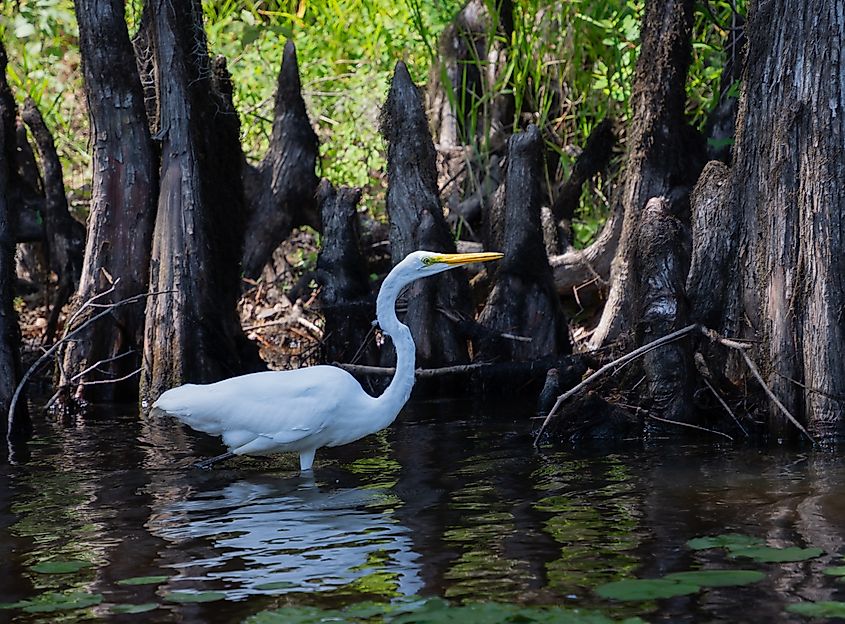
Last but by no means least, Caddo Lake State Park protects some of the shoreline of the state's only natural lake, a 25,400-acre maze of bayous, sloughs, and open water straddling the Texas-Louisiana border. The lake formed sometime before 1800 when massive logjams on the Red River, known as the Great Raft, backed water into the Cypress Bayou watershed. Ancient bald cypress trees, some over 400 years old, rise from the water draped in Spanish moss, creating cathedral-like groves that feel more like Louisiana's Atchafalaya Basin than typical Texas landscapes.
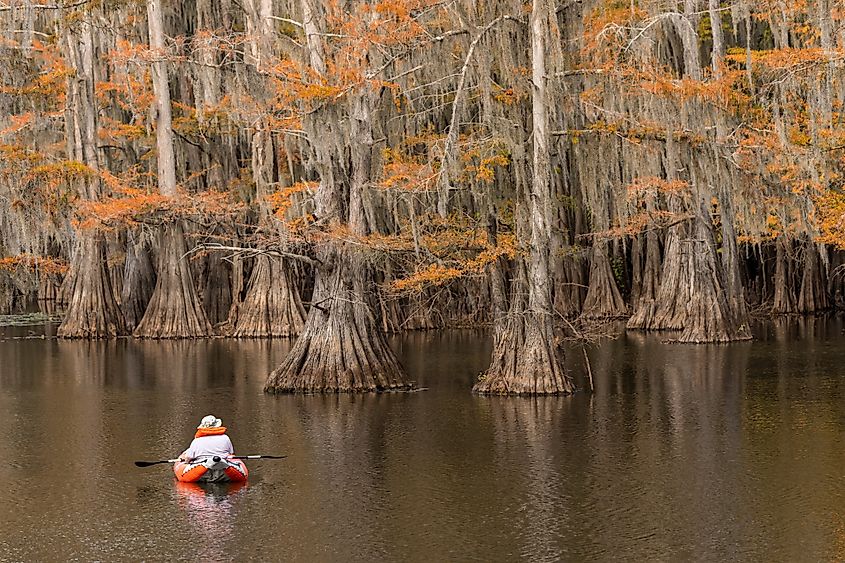
The park's 50 miles of marked boat roads wind through flooded forests, with the Caddo Lake Paddling Trail's Hell's Half Acre loop taking you through narrow channels barely wide enough for a canoe. Canoe rentals are available, though many visitors bring their own kayaks to venture deeper into the wetlands. Prefer not to paddle? Local guide services like Caddo Lake Bayou Tours offer fun pontoon boat excursions as an alternative.
When To Visit: April through June is the best time to be here for lotus blooms and bird migration. For fall colors, visit between October through November.
The Final Word
If you’re looking to get acquainted with the Lone Star State’s most beautiful natural attractions, these five Texas parks deliver the goods. From Big Bend's Chihuahuan Desert wilderness to Caddo Lake's primeval swamps, each of these scenic spots feature distinct ecosystems and outdoor fun aplenty.
